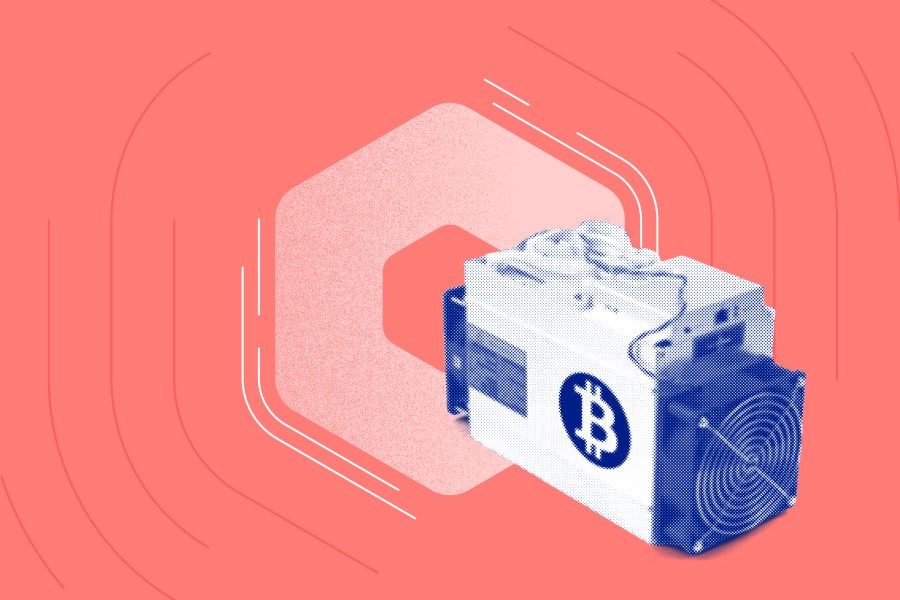What is a soft fork?

The process to get this consensus to upgrade or update the network is called a fork. Forks can be broken down into either soft or hard forks, depending on the desired outcome. A soft fork is a backward-compatible upgrade that means the upgraded nodes of the chain can still communicate with the non-upgraded ones.
What does this mean? Typically, soft forks will arrive in the form of new rules that don’t clash with what came before. Hence the title of ‘soft’. A well-known example of a successful soft fork is Segregated Witness (SegWit) that took place in 2018. In a nutshell, SegWit was an update that changed the format of blocks and transactions moving the digital signature toward the end of the transaction, opening up the block size limit beyond 1mb and speeding up the validation process.
 Discover
Discover Help Centre
Help Centre Status
Status Company
Company Careers
Careers Press
Press
